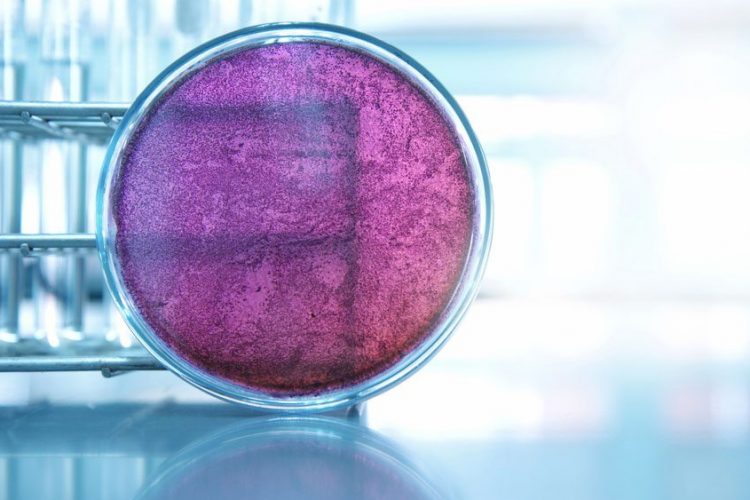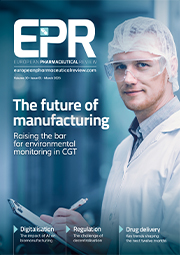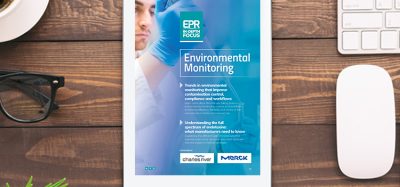The latest trends in pharmaceutical microbiology
Posted: 26 April 2018 | Jeanne Moldenhauer (Excellent Pharma Consulting Inc) | No comments yet
There have been many changes in pharmaceutical microbiology as we progressed into the 21st century. Some of these changes have been due to the advance of rapid microbiological methods, knowledge gained from the study of the human microbiome, while others are changes to conventional testing methods. This paper discusses some of the recent changes in areas of interest to microbiologists.


The Human Microbiome Project (HMP)
The data obtained from this project has been providing many details about the relationship between humans and microorganisms. The data provides a description of the large number of microorganisms colonised in humans. Some of these organisms may be “opportunistic pathogens” that are able to cause human diseases. Basically, the relationships of these organisms can be commensal, symbiotic or pathogenic. The commensal relationship is one in which one of the organisms, either the human or the bacterium, benefits from the relationship. Symbiotic relationships benefit both the human and the bacterial species. Pathogenic relationships are those where the microorganism is known to cause a human infection.1 Understanding these relationships more clearly will have a significant impact on much of the microbiological testing we perform for the pharmaceutical industry.
Another advancement in this field is the study of whether artificial intelligence can be used to study gut microbes in patients. This project involves both the Human Microbiome Project and artificial intelligence. This would allow for the microbes to also have artificial intelligence to evaluate the microorganism and its impact on different diseases, eg, predicting the success of surgery, curing obesity, and so forth.2
Microorganisms become the active ingredient in pharmaceuticals
There are a variety of new topical probiotic personal care products that have been introduced. Farris indicated that “the studies reviewed suggest that topical prebiotics, probiotics, and bacterial cell lysates do provide demonstrable skin benefits.” This has resulted in topical products that include live microorganisms. In some cases, the product may include more than 50,000 colony forming units of a microorganism as the active ingredient. The problem is how one passes some of the tests in the United States Pharmacopeia (USP). For example, USP <61> for microbial enumeration testing, <62> the testing for specified microorganisms and <51> the test for antimicrobial preservative effectiveness. Some of the problems this causes include determining methods to preserve the formulation while using a preservative with a narrow spectrum to maintain the viability and efficacy of the active ingredient.3
Even some bacteriophages are used in topical products. This active ingredient is a virus that infects replicates within a bacterium.3
Faecal transplantation is a newer use of microbiology. Faecal transplantation (or bacteriotherapy) is the transfer of stool from a healthy donor into the gastrointestinal tract for treating recurrent C. difficile colitis or other diseases. Many of these diseases can be complications of antibiotic therapy.4 There are companies that are working to isolate these “healthy microorganisms” and convert them into pharmaceutical active ingredients and products. This can produce many challenges for the microbiologist. Some of these challenges include:
- Healthy individuals are initially needed to provide the faecal material for transplant
- Isolation of the microorganisms that “make a difference” in treating the specific disease
- Finding a methodology to culture these organisms maintaining their health benefits while creating a situation where they can be routinely cultured
- Determining a methodology to evaluate the efficacy, without giving it to patients
- Creating environmental monitoring procedures that monitor for contaminants but understands that the microorganisms are part of the product
- And so forth.
Culture media
The Food and Drug Administration demonstrated an increased interest in Burkholderia cepacia Complex (BCC). This organism has caused issues for cystic fibrosis patients. In 2016, a group of “healthy” hospitalised patients got sick from BCC in a stool softener. This resulted in the FDA issuing new requirements for the testing of aqueous-based, non-sterile pharmaceuticals, including a test for absence of BCC.5 Additionally, Metcalfe6 presented that BCC could have unusual kinetics in pharmaceutical products.
The rest of this content is restricted - login or subscribe free to access


Why subscribe? Join our growing community of thousands of industry professionals and gain access to:
- bi-monthly issues in print and/or digital format
- case studies, whitepapers, webinars and industry-leading content
- breaking news and features
- our extensive online archive of thousands of articles and years of past issues
- ...And it's all free!
Click here to Subscribe today Login here









